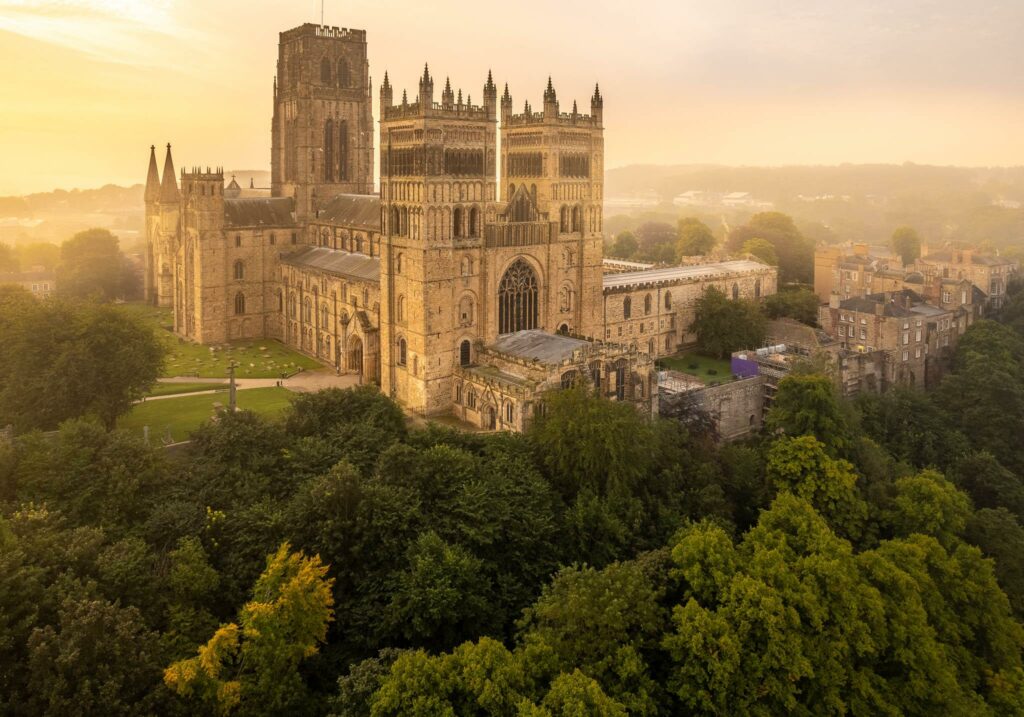Contrast is everything in photography. Whether it is high key or low key, the way we contrast between the subject and the background defines the look and emotion of our image. Some of the most striking uses of this contrast is when we have a beautifully lit subject and a darker more dramatic background.
So…
This contrast between light and dark draws the eye towards the subject, however, it's a fine balancing act to get the contrast ratio between the foreground and background exactly right. If the background is too dark, our eye has nowhere to “wander” and will come straight to the subject. Too light and we lose the subject against that background.
Today we are going to take a look at some of the ways you can enhance foreground interest using light.
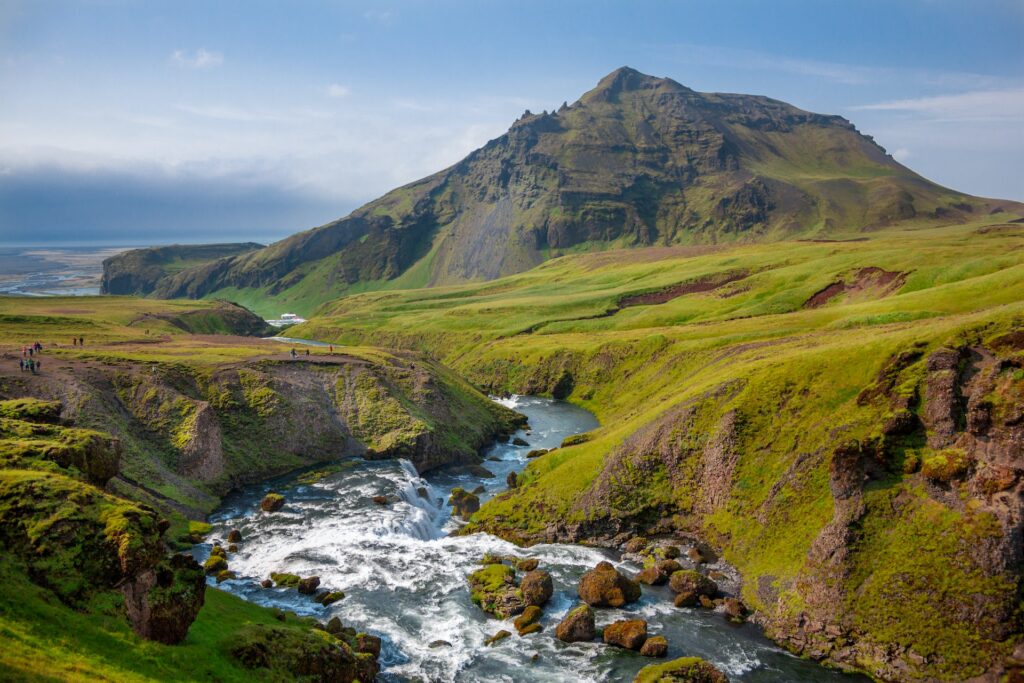
Aswesome Foregrounds in Outside Daylight
Let’s start with the outside in the daytime. One of the most dramatic uses of this technique can be seen on stormy days. You need a day when dark leaden skies are interrupted by breaks of sunshine. You will also need the patience to wait for the light to fall on your subject. When it does, expose for the subject and you will push the background nice and dark.
And…
If you have a graduated ND filter you can also add that to make the contrast between the beautifully lit foreground and the stormy background even more pronounced.
If your day is not so cloudy, you can use something like a tree as a shade. Find a spot under the tree where your subject will be in the light but much of the background in shade. Again expose for the subject and you will get a beautiful and dramatic image.
And moulding the light?
Of course, using natural light in this way can be hit and miss, you have little to no control over when and where the right scenario will appear. You can, however, force the issue by using a portable flashgun.
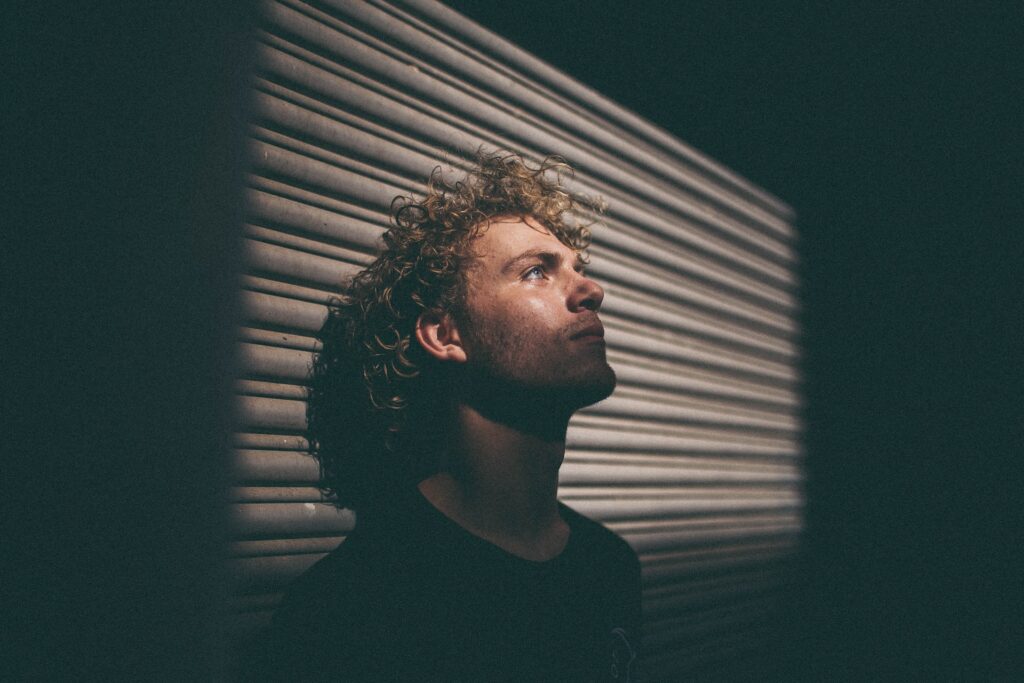
Many of you will know the principles of fill-in flash and we can use that to dramatically lit our foreground.
Using fill in flash we work in ratios. 1:1 gives us the same amount of light on the foreground as the background.
However…
We can go for a ratio where the flash on the subject is brighter than the natural background. This will create the dramatic type of image that we are talking about in this article. Generally, our subjects in the case would be people but they could also be animals or smaller objects.
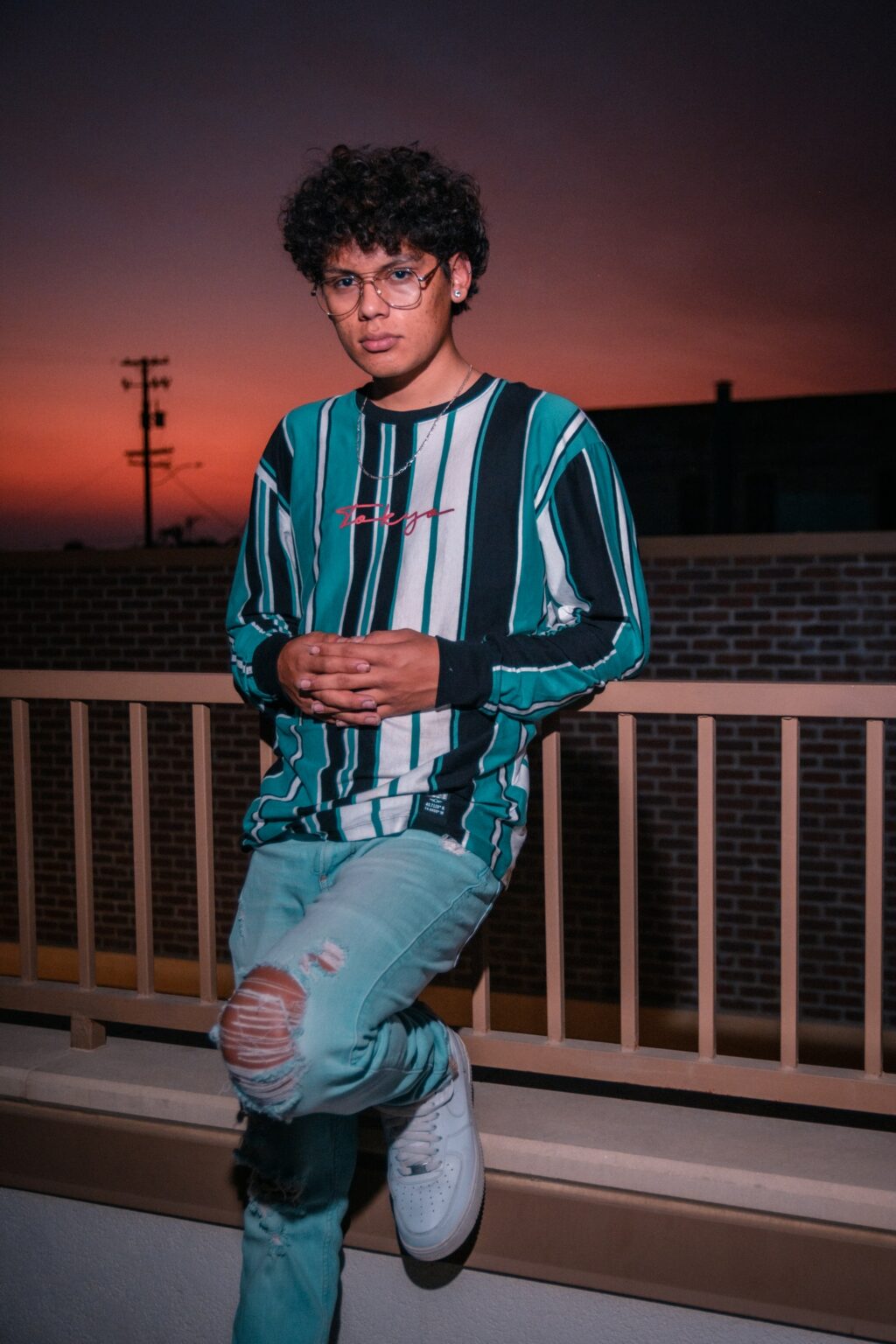
Outside Night and Foreground Interest
Another common use of the lit foreground is in night photography and in particular astrophotography. Here, because of the often very long exposures, we can use a flash multiple times or even a powerful torch to paint the light onto our foreground subject. With a long enough exposure, we can even move through the image lighting up the required elements. By moving continuously and quickly enough, our own image will not be captured on the sensor.
And other times…
This technique can work even in twilight hours. By using a neutral density we can reduce our shutter speeds, then use a flash, torch or even a reflector to light the foreground matter.
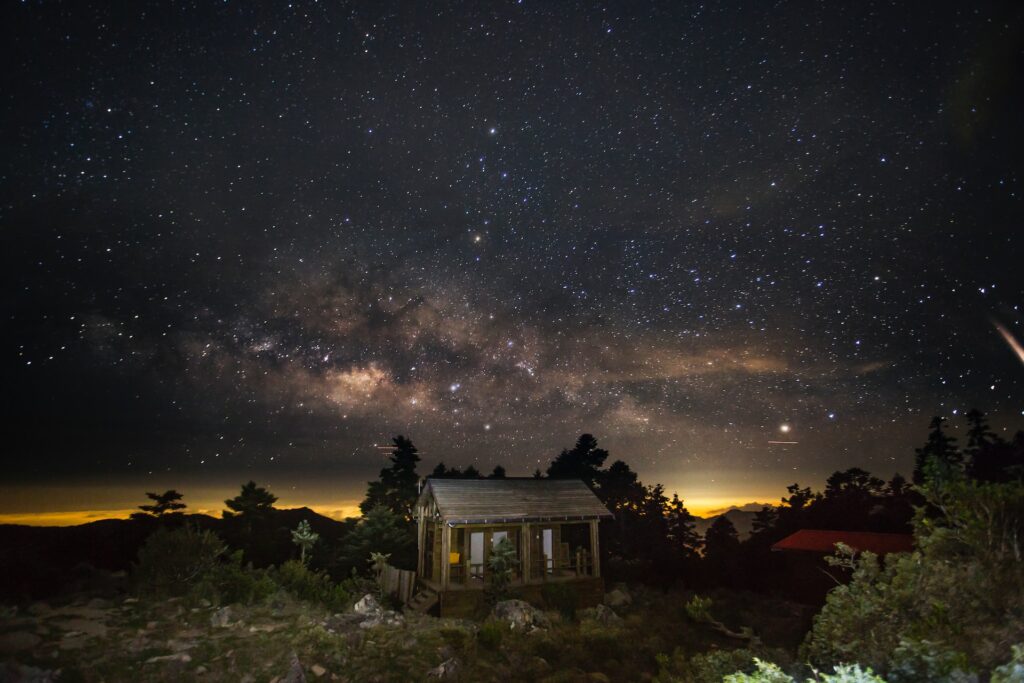
What About Indoors for Foregrounds?
The most common use of using light to enhance foreground interest is at home or in a studio. In these scenarios we would use artificial light such as flash or continuous LEDs, to lit the foreground bright than the background. You will need multiple lighting units to achieve this look as the background will need some lit on it, just less than the subject.
You will also need to carefully balance the foreground lighting so that none of it spills onto the background. It’s best to light the background first then bring in light to carefully illuminate the subject.
Using Post Production
Like many things photographic, we can replicate foreground lighting in post-production. You would need a suitable image. If the background is too well lit the effect is not going to work.
To do this, for example, in Lightroom, we can use the Radial Filter to select an area around our subject. We can then decrease the exposure throwing the background darker whilst holding the subject.
Next, we can duplicate the Radial Filter and select Inverse. This allows us to enhance the foreground exposure and saturation making it punch out of the background. Be careful not to blow any highlights in the subject and keep an eye on the histogram.
Cool Links on Foregrounds as a Compositional Element in Photography
- https://www.michaelfrye.com/2015/03/12/include-foreground-landscape-photograph/
- https://www.bhphotovideo.com/explora/photography/tips-and-solutions/effective-use-foreground-and-background-photographic-composition
Conclusion
Using light to enhance our foreground can lead to some powerful and dramatic images. If we are using only natural light we are going the need to anticipate where the light will fall and to have some considerable patience.
We can mitigate the problems with natural light by carrying a portable flash or reflector to enhance the foreground.
At night, this type of images is somewhat easier to produce. Because of the much longer exposures, we can walk “through” an image with a torch, flash or even mobile phone. This will add light to the subject and keep out background dark and moody.
Next time you are out shooting, keep an eye out for scenarios where a well-lit foreground will give you a dramatic looking shot.
Foreground interest is part of going beyond the rule of thirds when you're learning about photographic composition. You should

